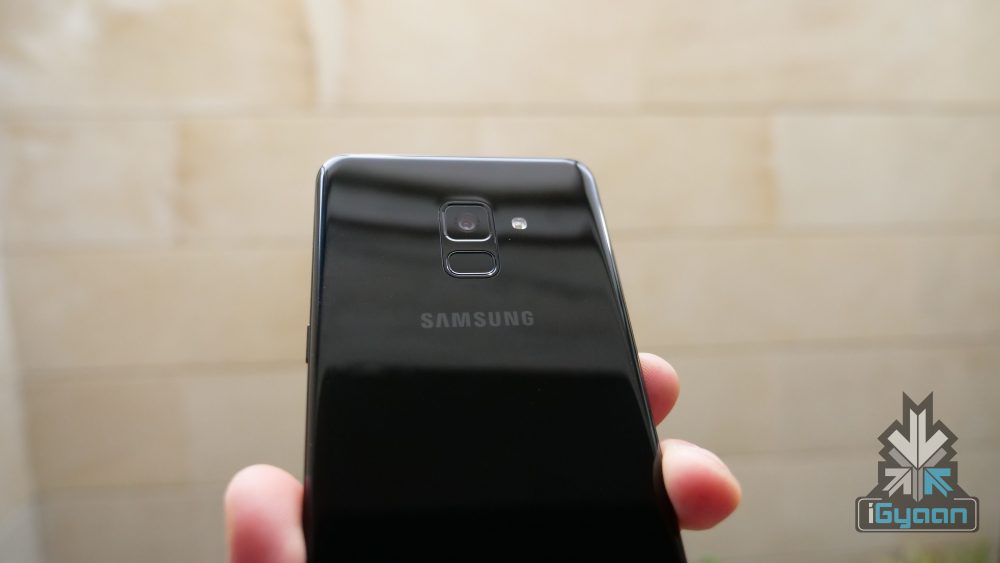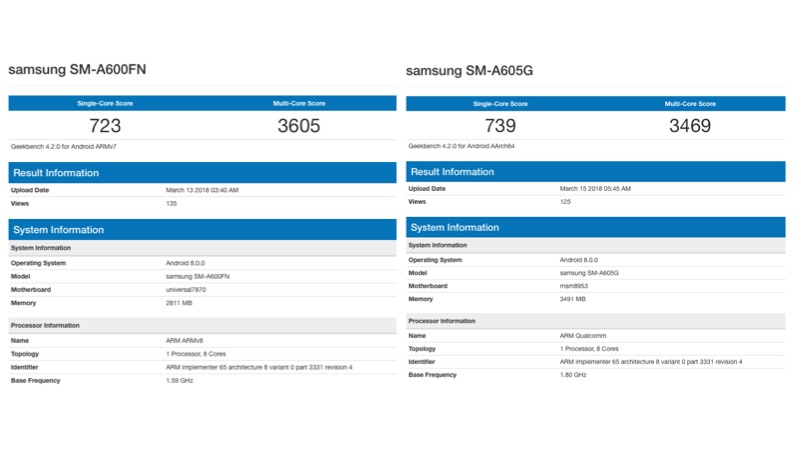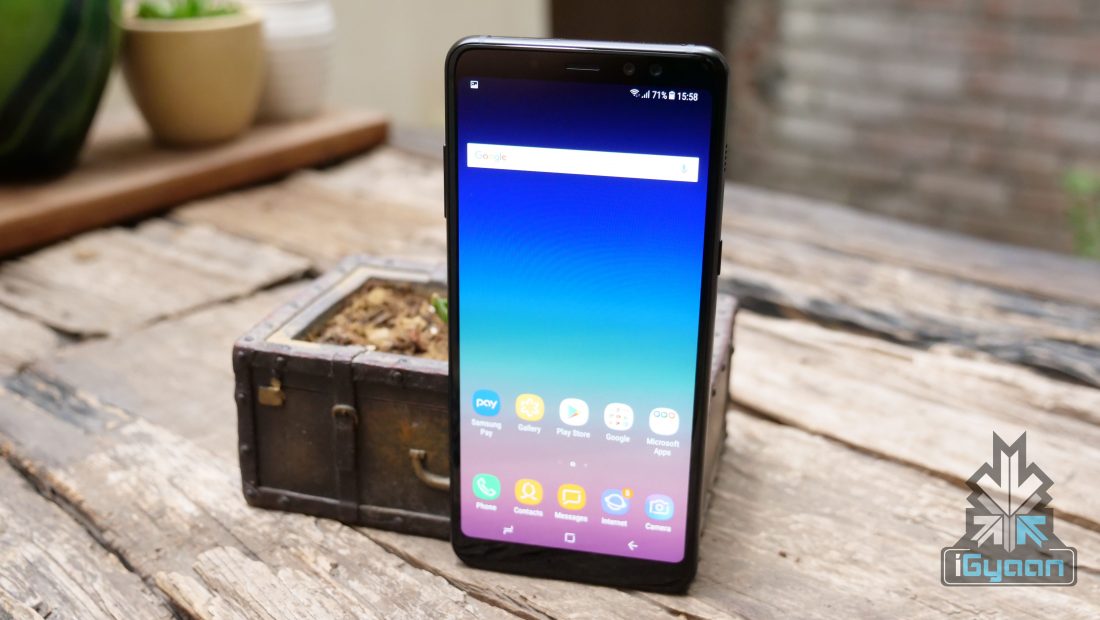Samsung Galaxy A6 And A6+ Specifications Leaked

Samsung might be getting ready to launch two more budget smartphones. This time, it is the Galaxy A6 and the A6+. In fact, these are the first set of Samsung smartphones to use the A6 nomenclature.
The devices were spotted under the model number SM-A600FN, and SM-A605G. The first model has an Exynos 7870 Octa-core chipset, whereas the second model is powered by Qualcomm Snapdragon 625 Octa-core chipset. The Qualcomm model is expected to launch in Europian markets and the Exynos model will be launched in Asian markets.
These devices are expected to have an 18:9 aspect ratio display, similar to the Samsung Galaxy A8+. However, the Geekbench listing doesn’t give a hint about the same.

Samsung Galaxy A6
The Samsung Galaxy A6 comes with a model number SM-A600FN, which is powered by Exynos 7870 Octa-core chipset. The device comes with 3GB RAM and runs on Android 8 Oreo OS. Coming to the benchmark scores, the device gets 723 points on the single core and 3605 points on the multi-core performance.
The Exynos 7870 chipset has been used in the earlier Galaxy J series smartphones. The chipset comes with Octa-core solution based on Cortex-A53 architecture.
Samsung Galaxy A6+
The Samsung Galaxy A6+ comes with a model number SM-A605G, which is powered by Qualcomm Snapdragon 625 Octa-core chipset. The device gets a boost in RAM, which comes with 4GB RAM and runs on latest Android 8 Oreo OS. In terms of benchmarking capabilities, the device scores marginally higher score on single core performance and go down in the multi-core performance. In fact, the phone scores 739 points on the single core and 3469 points on the multicore performance.
The Qualcomm Snapdragon 625 Octa-core chipset is built on 14nm FinFET architecture with a base frequency of 2.0 GHz based on Cortex-A53.

Samsung Galaxy A8+
Conclusion
These devices follow the typical Samsung style of hardware. The Qualcomm variant will have the right model for the Europian markets. Similarly, the Exynos will have the right model for the Asian markets. Similarly, these devices are expected to go live in a month or two.






















